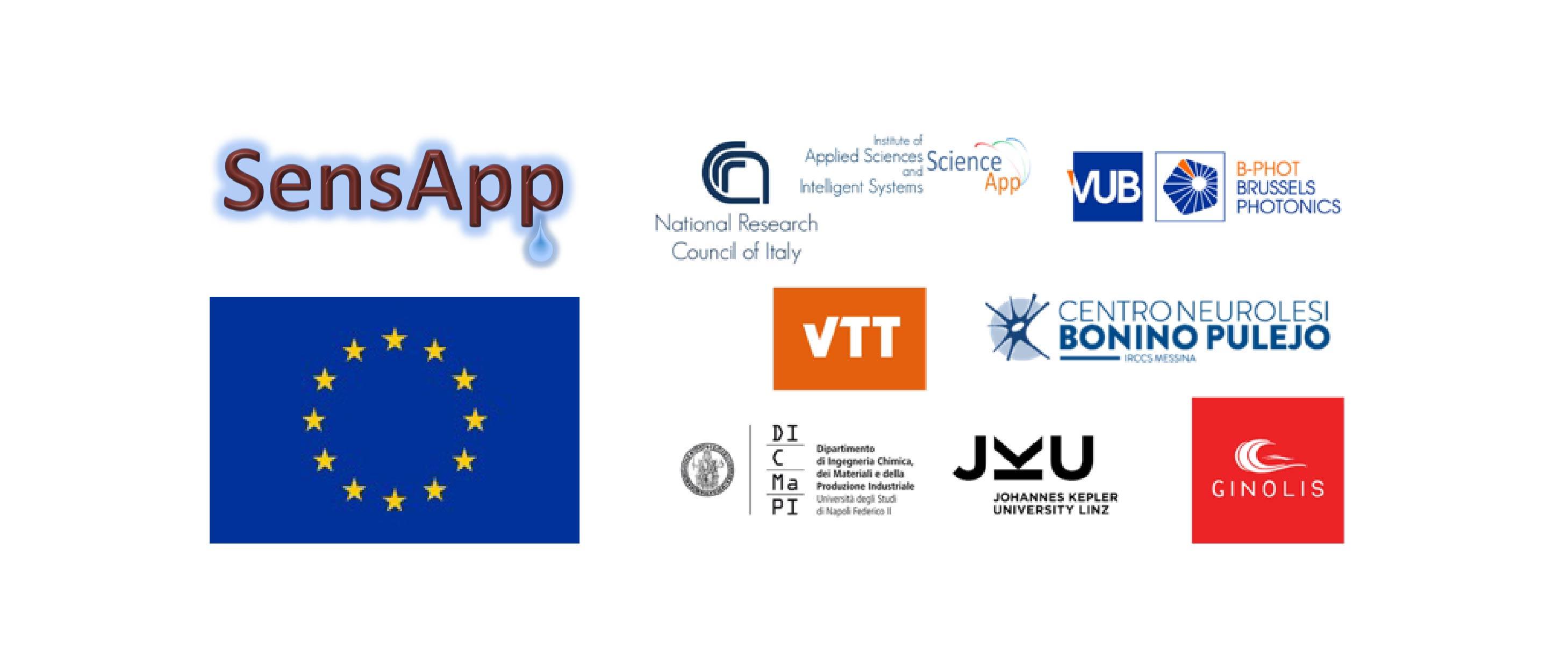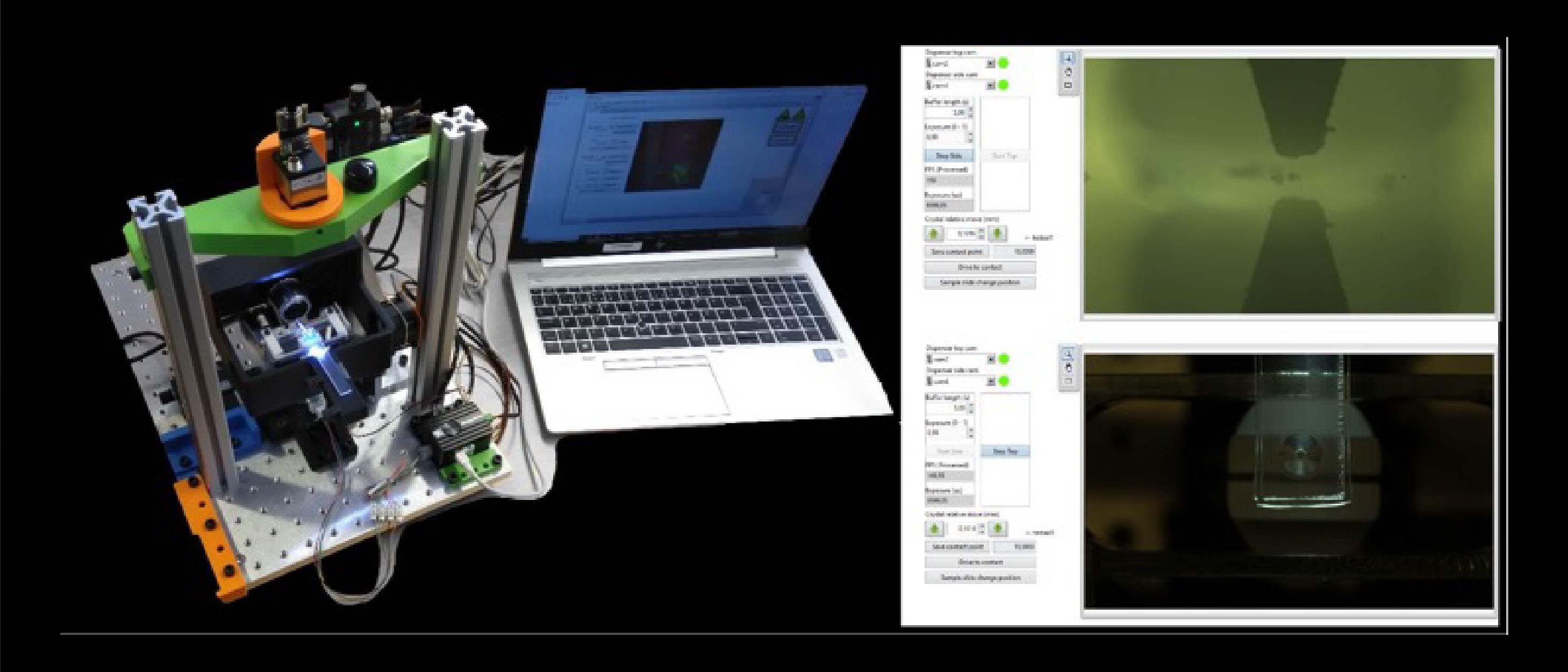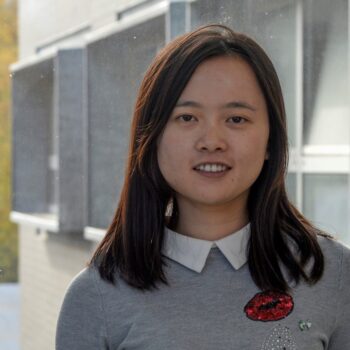European project develops groundbreaking diagnostics for Alzheimer’s disease

The number of patients diagnosed with Alzheimer’s disease is growing at an epidemic rate, but early diagnosis continues to pose a major challenge. Currently, preclinical detection of the disease requires a painful lumbar puncture to observe unusual protein levels in the patient’s cerebrospinal fluid. EU project SensApp brings together several scientific groups from across Europe to collaborate on the development of a super-sensor, which could enable a new, more humane way for Alzheimer’s disease discovery and continuous monitoring.
Alzheimer’s disease, which is the most common cause of dementia, causes abnormal amount of proteins called amyloid and tau to accumulate into the patient’s brain. The detection of these proteins requires a lumbar puncture to observe protein levels in the cerebrospinal fluid. The detected protein levels indicate whether patient has Alzheimer’s disease and if so, how the disease is progressing in time. Unfortunately, the painful sample intake prohibits arranging easy and highly efficient screening programs among the population, and thus Alzheimer’s disease is typically diagnosed at a later stage, when it has started to present with memory problems or other symptoms of cognitive impairment.
SensApp project aims to develop a super-sensor, which would be able to detect these proteins in human plasma from a simple blood sample. This requires detection sensitivity reaching below 1 pg/mL, which is currently not reached using standard test protocols. In simple terms, this means developing a combination of novel detection and dispensing technologies that together can measure very low concentrations of proteins related to Alzheimer’s disease in human plasma. The development of the new diagnostic method requires a strong set of cross-disciplinary expertise, and it brings together biochemists, physicists, engineers and health care professions. Each partner brings to the table their own strengths and background.

Research team during Research Campaign in 2019 at VTT with Yunfeng Nie from VUB, Sanna Uusitalo and Teemu Sipola (Optical Measurements team), Annukka Kokkonen and Sanna Aikio (Biosensor team), and Kofi Brobbey from VTT.
“The project brings together very different expertise ranging from physics and engineering to biology and clinical sciences. We aim at building a prototype instrument able to make easy and rapid diagnosis of Alzheimer’s disease (AD). This will change radically the perspectives of clinicians, since tests for new therapies will be possible in the early stage of the disease, before the appearance of recognizable symptoms that usually correspond to irreversible brain damages”, says the project coordinator Dr. Simonetta Grilli.
Towards a functioning super-sensor prototype
Currently, the research focuses on developing a novel super-sensor prototype. The prototype builds on a droplet-split-and-stack -method developed by the research team of the project coordinator in CNR Institute of Applied Sciences and Intelligent Systems.
In very simple terms, we can say that we are using an electric field to stack tiny droplets of plasma on top of each other to create a locally intense signal through a reaction between the protein biomarker and the corresponding labeled antibodies. This way we can detect volumes that have previously been undetectable. The results are then analyzed using a fluorescence laser scanning module developed by VUB and VTT. The sensitive read-out module has been developed thanks to the fruitful cooperation between both teams. “One of our post-docs went to VTT in the fall of 2019 for a joined measurement campaign to determine the most important tolerances and design parameters. We have optimized the laser excitation and optical detection part at VUB after which our colleagues at VTT created an automated reader design, which will soon be built and tested in Oulu. It has been fascinating to see the outcome of this multidisciplinary research project, as it enables supersensitive detection” tells VUB’s project leader Prof. Heidi Ottevaere.
The next year the project will move into a testing phase and start using the new automated units for testing plasma samples for the detection of amyloid and tau proteins. The final target of the project is that this super-sensor will enable a fast and early diagnosis of AD through a routine blood test at your local physician’s clinic.
For more information on the project, contact Prof. Heidi Ottevaere or project coordinator Dr. Simonetta Grilli (CNR-ISASI, Ricercatore).

This project has received funding from the European Union’s Horizon 2020 research and innovation programme under grant agreement No 829104.

SensApp Integrated Prototype for Droplet-Split-and-Stack dispensing with high-speed side-view imaging of droplet formation and over-view imaging for process quality control.




